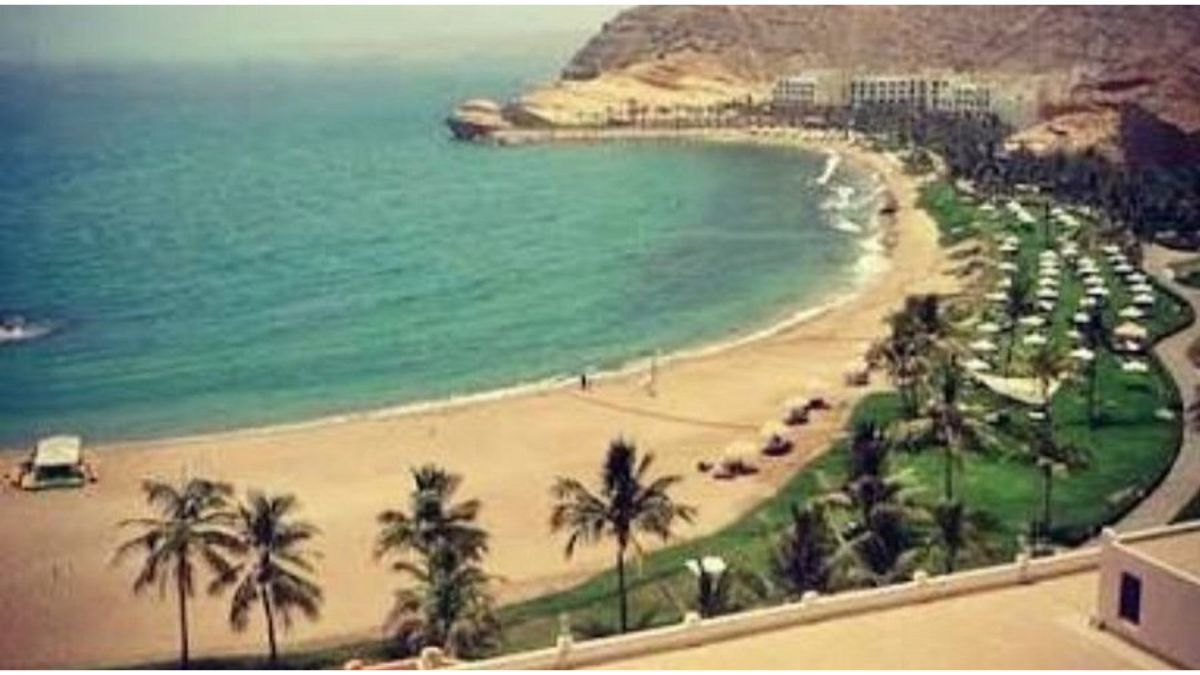French beach huts are not only picturesque but also steeped in history and regional charm. These small seaside structures have evolved into iconic cultural symbols across the French coastline. This guide explores their origin, design, and the best locations to visit in 2025.
History of French Beach Huts
Beach huts, originally called “bathing machines,” began in the 18th century as mobile shelters for modest sea bathing. By the 19th century, they became permanent structures, particularly in Victorian and Edwardian beach resorts. Post-WWII, beach huts saw a revival, and in France, they transformed into colorful staples of the coast, especially in Normandy and the Bay of Somme.
Read More: Death Stranding 2: On the Beach Set for June 2025 Release, Pre-Orders Open Soon
Design and Structure
French beach huts are typically compact, wooden cabins placed just above the high-tide line. They are painted in vibrant hues or stripes and built with simple gable roofs. Many offer only basic shelter, while others include seating, storage, or minimal amenities such as a kettle or gas stove.
Key Features:
- Wooden structure with gable roof
- Bright colors for aesthetic appeal
- Lockable storage space
- Portable or permanent positioning
- Often used as changing rooms or small private shelters
Top Locations to Visit in 2025
These coastal destinations in France are home to some of the most beautiful and unique beach huts:
Northern France:
- Gouville-sur-Mer (Normandy): Vintage huts with colored roofs on grassy dunes.
- Cayeux-sur-Mer (Bay of Somme): Over 400 huts along Europe’s longest boardwalk.
- Le Crotoy: Scenic beachside huts near wildlife marshes.
- Deauville: Known as the “Parisian Riviera,” with elegant boardwalk huts named after Hollywood stars.
Southern France & Islands:
- Île de Ré: Maritime charm with oyster huts and coastal bike paths.
- Île d’Oléron: Historic cabins along a new 105 km walking trail.
- Beauduc (Camargue): Remote, natural setting with a vanishing village of wooden cabanas.
Best Time to Visit
- Northern France: May to September offers pleasant weather and full beach access.
- Southern Coast and Islands: Extended season through October due to milder autumns.
Visitor Activities
- Changing and beach relaxation
- Swimming and sunbathing
- Photography of colorful huts and landscapes
- Cycling and walking trails (especially on islands)
- Kitesurfing at Beauduc
- Exploring oyster and fishing culture on Île d’Oléron
Travel Tips for 2025
- Book huts or accommodations in advance for Deauville and Normandy.
- Access Beauduc with a rugged vehicle as roads are unpaved.
- Île de Ré and Île d’Oléron are best explored by bicycle.
- Deauville is reachable by train from Paris for a quick weekend getaway.
Summary Table of Top Beach Hut Locations
| Region | Location | Unique Feature |
|---|---|---|
| Normandy | Gouville-sur-Mer | Colorful roof huts on grassy dunes |
| Bay of Somme | Cayeux-sur-Mer | Long promenade with 400+ huts |
| Normandy | Deauville | Luxury huts with celebrity names on the boardwalk |
| Somme | Le Crotoy | Quiet beach huts near marshland trails |
| Charente-Maritime | Île de Ré | Maritime setting with oyster huts and bike trails |
| Charente-Maritime | Île d’Oléron | New 105 km trail with fishing hut landmarks |
| Camargue | Beauduc | Wild beach with wooden cabanas and kitesurfing |
Conclusion
French beach huts are more than colorful seaside cabins—they represent cultural heritage, coastal relaxation, and timeless charm. Whether you’re seeking elegance in Deauville or the untouched beauty of Beauduc, 2025 is the perfect time to explore France’s most picturesque beachside escapes. Plan ahead, take your camera, and discover the charm of France’s iconic beach huts. Stay updated with: Bloom Pakistan
Read More: Hawksbay Beach Hut – Complete Guide 2025


![PMDC Withdraws Strict Exam and Attendance Rules PMDC MDCAT Answer Key 26 October 2025 Download PDF [ Link Out ]](https://bloompakistan.com/wp-content/uploads/2025/10/PMDC-MDCAT-Answer-Key-26-October-2025-Download-PDF-Link-Out--300x169.webp)






